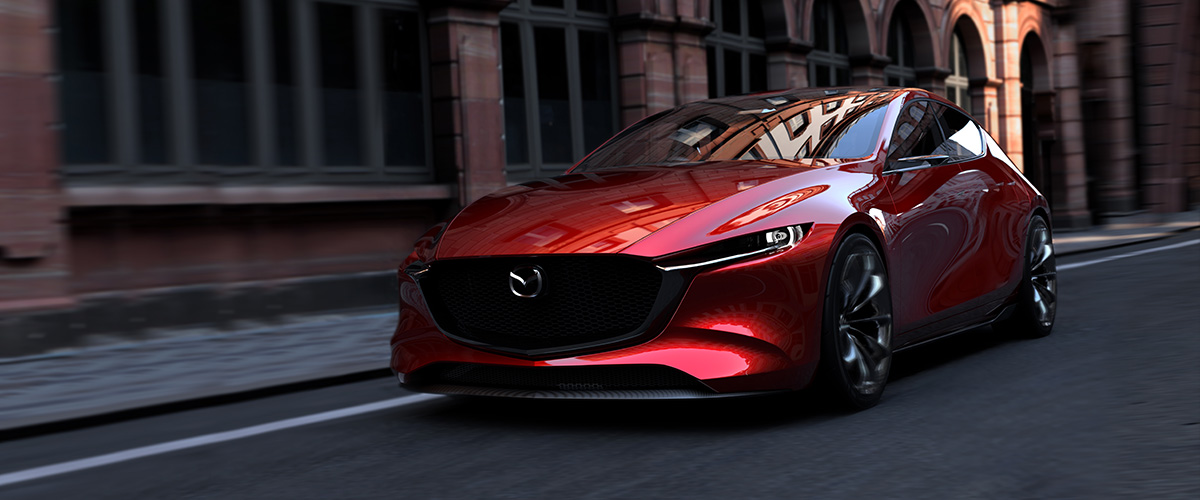It’s another week in 2018, meaning there’s been a new batch of news about electric vehicles since they’re pretty much regarded as the future of motoring. But how fast that future is coming is very much in question, and a new study from the Centers for Automotive Research suggests it’s not any time soon. According to the study, government emissions and fuel economy mandates are helping drive the push into future technologies, rather than consumer interest, which tracks with the amount of people leasing electric vehicles instead of buying them.
The research suggests that electrification and self-driving tech will start in densely-populated urban areas with ride sharing services and slowly proliferate to the rest of the market with EVs expected to comprise just eight percent of the vehicle market by 2030. Remember that several cities and countries are aiming to ban the sales of gasoline and diesel-powered cars by 2040, so to make up a 92% gap in adoption in the span of ten years will require some serious incentives or some revised expectations. Additionally, any sort of slowing new vehicle sales market (like we’re seeing now) or economic downturn (like what might result from the ridiculously high deep subprime vehicle loan market) would push adoption even further down the line.
The United Kingdom’s National Grid, however, isn’t waiting around for electric cars to take off. The electric utility announced this week that they would spend between £500 million and £1 billion to upgrade the electrical grid and install 50 fast chargers throughout the country to the point that 90% of the population would live within 50 miles of a fast charger. Such chargers would fill batteries in most EVs in about 12 minutes, which will go a long way toward soothing the range anxiety of British EV owners. Current demand for such chargers may be low, but in 2017, for the first time, the Tesla Model S outsold both the BMW 7 series and the Mercedes S-Class, so demand is certainly there among the upper crust buyers.
Photo by The Washington Post
But you may not see many other cars at those chargers for some time since the Centers for Automotive Research also suggested that investment in electric vehicle technology would slow over the next few years as companies fail to see the return on their investment with slow sales. Part of the problem with investment is that production of EVs is still very expensive because of rare earth elements like cobalt, which is used in batteries. The demand for cobalt has driven a boom in small-scale cobalt production in Africa, particularly the Democratic Republic of Congo, where some mines have been found using child labor to meet production quotas. These small-scale mines, which are sometimes referred to as “artisanal mines” because nothing can just have a normal name anymore, are tough to police and companies that purchase from them are increasingly under pressure to better vet how the resources are being produced. The value of cobalt has tripled in the last 18 months, and companies looking for the lowest cost aren’t likely to commit too much effort into ensuring their suppliers are acting ethically, which is a problem. Unfortunately, the answer usually means slowing the pace of production or paying more from reputable miners.
Toyota, however, is exploring a third option, which is developing batteries that don’t rely on rare-earth elements. While they haven’t yet found a replacement for cobalt, they have developed a battery that uses less neodymium, replacing it with lanthanum and cerium, which I understand are much more abundant and cheaper despite the fact that I’ve never heard of them before. That said, the development will take a while to get itself into vehicles and Toyota is aiming for implementation sometime in the next ten years, which won’t help potential neodymium shortages in the near-term. Now to figure out that whole cobalt thing…
Authored by
Devlin Riggs








































